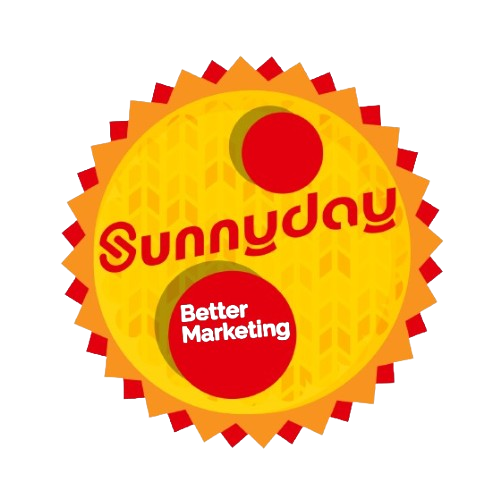PPC marketing is an essential part of any digital marketer’s toolbox. It’s important to plan your campaigns carefully to get the best results. This guide will show you step-by-step the best way to structure your ad groups to focus on your top performing keywords.
There are several best practices you can use when creating your PPC campaign with a Google Ads campaign. One of the key strategies is to group your keyword lists – also known as ad groups – by theme.
Then, to take your campaign to the next level, you should segment your high-performing keywords based on their performance. Although this is a fairly simple technique, it can significantly improve performance. However, to get the most out of this tactic, you must ensure that your campaigns are well organized in the first place.
This guide is adapted from Cathal’s full webinar on how to structure your PPC campaigns.
To show you that it’s split into two parts:
Build a solid campaign foundation.
Use data to isolate keywords and then organize them into high-performing ad groups and campaigns.
To get ahead of the pack and launch your career as a PPC expert, learn the most effective and innovative ways to create and implement paid search campaigns. In partnership with search expert Neil Patel, DMI has created a Professional Diploma in Search Marketing that covers the fundamentals of search and dives into analytics, strategy and more. Get started today!
The 6 Critical Components of Google Ads Account Structure
It’s important to have a thorough understanding of each component of an account structure before you can even dream of getting started, so let’s quickly review the basics.
Campaigns: How to Create Google Ads Campaigns In a Nutshell: Unless your account is very large, you’ll typically only have a few campaigns that cover broad themes. Each campaign will have ad groups, containing keywords that link to your text ads and directly on your landing page. In general I recommend deciding on campaign titles based on how you want to allocate your marketing budget since you’ve set your budget at the campaign level.
Ad groups: Under each campaign, you’ll create related ad groups, which will be very specific. There’s no recommended number of ad groups under a campaign, but it’s usually more manageable not to exceed it, as it can spread your campaign budget across too many ad groups, keywords, ads and landings. Pages will be spread, which can damage the results. Ad groups consist of keywords (no more than 10-20 recommended), these keywords will trigger your text ads (2-3 per ad group), and then lead to the relevant landing page. will go.
Keywords: Keywords will come under each ad group, and are very important in controlling the way your ad is activated. When someone types into the search box in Google, that search is called a “search query,” which is then matched with a keyword, which then triggers an ad. Each keyword will have a maximum CPC, match type, and quality score associated with it. It’s crucial to do thorough keyword research, get a solid understanding of match types, and spend time refining and refining your keyword strategy over time.
Negative Keywords: These are largely overlooked by advertisers, but it is very important to organize and build them to avoid spending money on irrelevant searches. Especially if you’re using more broad match and/or modified broad match keywords, you’re more likely to get some completely unrelated search queries matching your keywords and ads. Continue to list your negative keywords and check your Search Query Report (or QueryStream for WordStream users) to identify new negatives.
Ad Text: This is the actual text that will appear when your ad is activated. Each ad group should have 2-3 ads per ad per group leading to the same landing page. It’s important to follow AdWords policies to get your ads approved, A/B test your ads over time, and really outperform your competition in search results.
Landing Pages: Last, but not least, we have landing pages. The destination to which each ad will direct the searcher (perhaps a page with an offer or call-to-action on your site). I recommend being very strategic with your landing pages, making sure that each ad leads to a highly relevant page that not only reflects the keywords you’re searching for. Bidding in the ad group, but also reflects the ad text displayed in the SERPs. Landing page relevance and optimization are critical to seeing success with PPC.
Know more about Your Google Ads Campaigns Structure For Success. Contact us at support@sunnydayconsulting.com or check our website at www.sunnydayconsulting.com!



